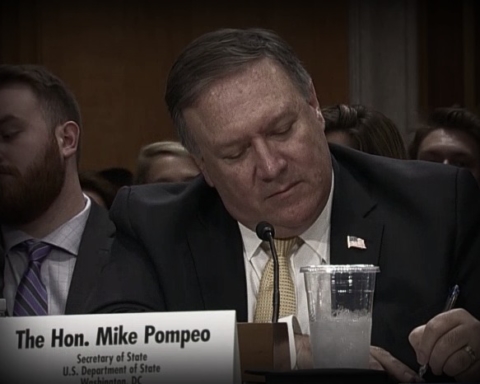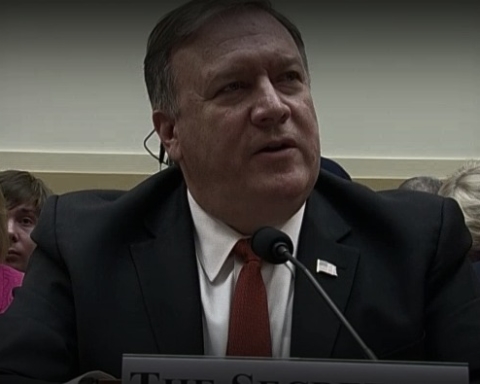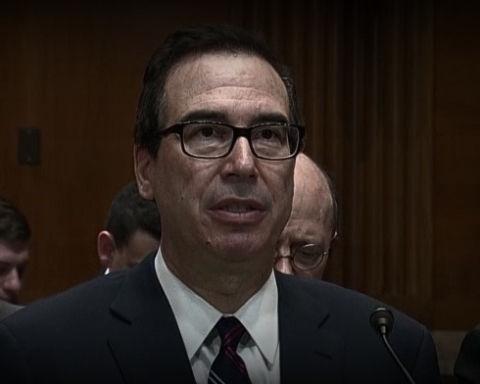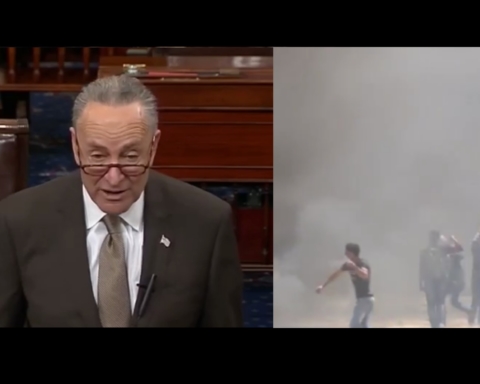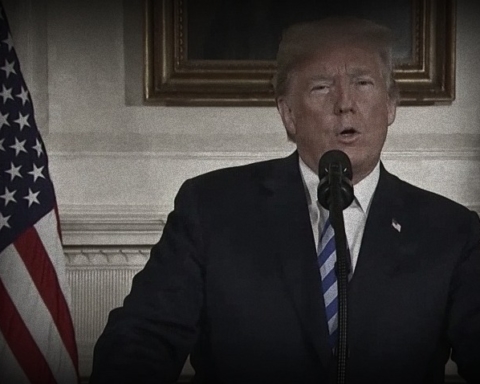Military leaders reiterated on Monday that the Obama administration’s strategy to counter the Islamic State (ISIL) in Libya depends largely on the formation of some sort of central government there.
The remarks came after The New York Times published a lengthy two-part series on the deterioration of the security situation in the North African country, and former Secretary of State Hillary Clinton’s role in helping convince President Obama to intervene there in March 2011.
“A civil war in Libya has left the country with two rival governments, cities in ruins and more than 4,000 dead,” the Times noted. Over the past two years, ISIL-aligned groups have taken hold of Sirte, parts of Benghazi, and the town of Sabratha.
The launching of the 2011 campaign was first justified by the White House on humanitarian grounds—on the need to stop the forces of then-dictator Muammar Qaddafi from attacking the residents of Benghazi. The objective then quickly turned into a bid to help armed militias oust Qaddafi.
The paper’s reporting focused on then-Secretary of State Hillary Clinton’s effective pro-intervention advocacy, and the administration’s lack of a plan, as the armed groups that overthrew and killed Qaddafi increasingly fought among themselves.
When asked by a reporter if the patience urged on Monday reflected “a very tough lesson learned” about the post-Qaddafi power vacuum, Joint Chief of Staffs Chair Gen. Joseph Dunford noted “more broadly” that its shows the need for “political transition” to accompany pushes for regime change.
“I think that’s the focus in Libya—is to win the peace as well as win the war. And you gotta start off having a vision of what ‘win the peace means,’ even as you conduct combat operations,” Dunford said.
Pentagon Secretary Ash Carter said he hoped a government would soon be formed in Libya, and that it would “welcome not just the United States, but the coalition” to fight ISIL.
“That’s the key, which is trying to get a government in Tripoli that can win the support of all of the many factions in Libya so that Libya isn’t the kind of disordered state that provides fertile ground for ISIL to spread,” Carter said.
The US military has recently launched airstrikes on ISIL in Libya. On Feb. 19, it carried out attacks on Islamic State forces in Sabratha.
The New York Times’ report on Libya–published in two segments on Sunday and Monday–offered new insight into how the US-supported post-Qaddafi government failed to coalesce. The story painted a picture of there being effectively no government in Libya in the wake of Qaddafi’s fall.
“I know this sounds incredible, but for months and months and months on end we could not get anyone in authority in the government to just sign an agreement on anything, including our detailed offers of security assistance,” Antony Blinken told the paper. Blinken, currently Deputy Secretary of State, was an aide to Vice President Joe Biden during President Obama’s first term.
The article noted how when US officials complained to the United Arab Emirates about the gulf country’s arming of militias in Libya, the UAE replied it was going through official channels—through Libya’s Ministry of Defense.
The Times noted how Clinton and Obama appear to have learned different lessons from the Libya intervention.
“She has said the military alliance that overthrew Colonel Qaddafi represented ‘smart power at its best,’ but called Libya ‘a classic case of a hard choice.’ Mostly, she has insisted that history’s judgment on the intervention, and her role in it, are not yet final,” the paper noted.
Obama, meanwhile, has struck a more measured tone. While not regretting the military action, Obama said in 2014 that the US and its allies “underestimated the need to come in full force” after Qaddafi’s ouster. He said Libya taught him to ask if “we have an answer for the day after” when weighing the benefit of intervening.
Clinton, who is the front-runner in the Democratic presidential primary, supports establishing a no-fly zone in Syria. President Obama does not.

